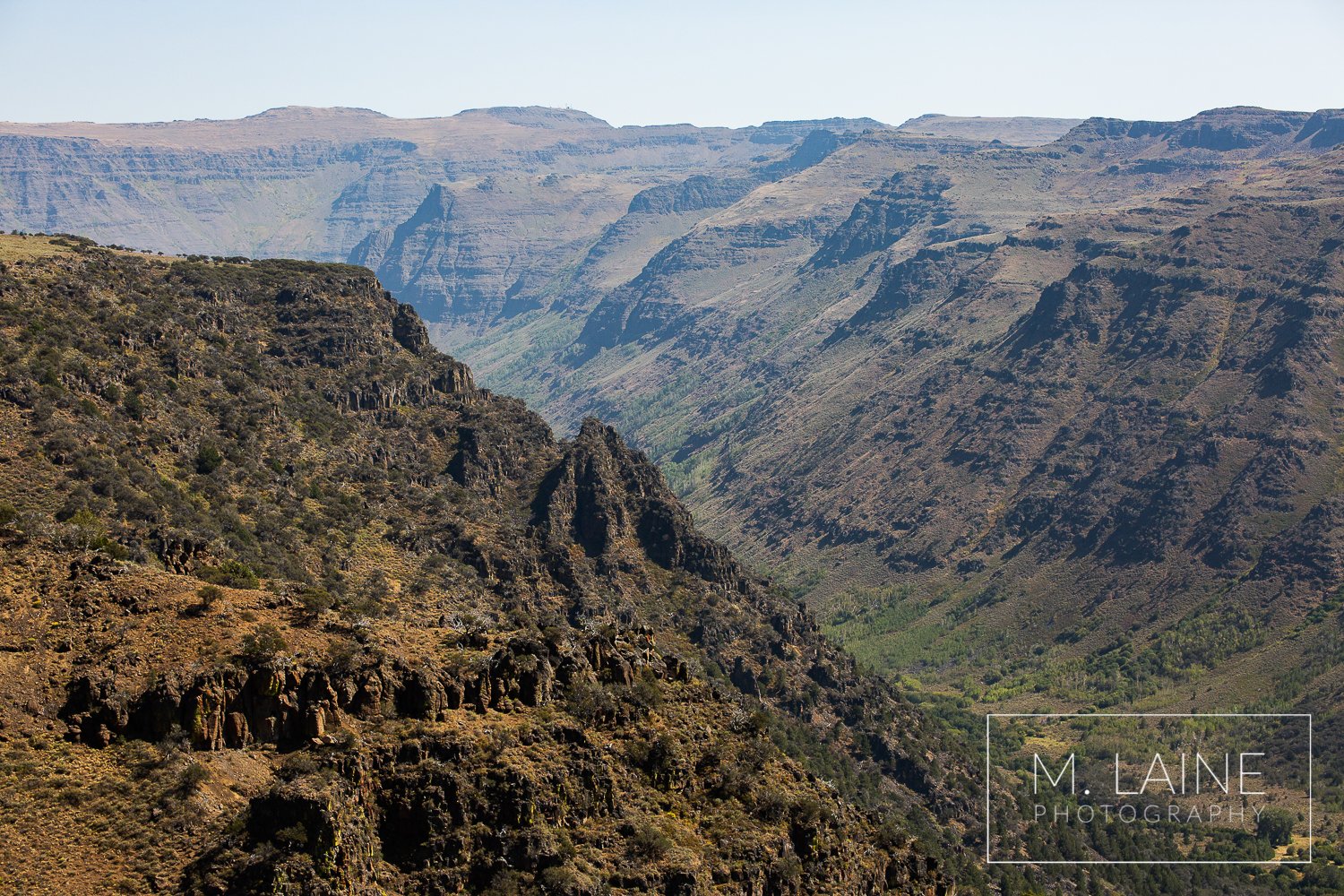Camping in the Alvord Desert — A Southeast Oregon Road Trip
The Alvord Desert might just be Oregon’s best-kept secret. It’s 12 miles of beautiful desert and hot springs overlooked by the Steen Mountains in remote, southeastern Oregon. It’s like the Bonneville Salt Flats in Utah, but without the crowds. That’s why during the height of the pandemic, Zach and I knew dry camping there would make for the perfect way to celebrate our seventh wedding anniversary.
The ten-hour drive there and raging wildfires throughout the Pacific Northwest made it a bit of a gamble, though. We left late Thursday night, crossing our fingers that we could outrun the smoke from western Oregon’s fires. If not, camping in hazardous air quality would be impossible.
Painted Hills
Our first stop along the drive was at the Painted Hills. We arrived at 2:00 am after driving for five hours and slept in our car for the night (romantic, right!?). That morning, it was so fun to wake up and see our surroundings in daylight for the first time. We had parked next to a hill striped with the colorful layers the Painted Hills are known for, and we weren’t even inside the monument yet!
After wandering a few short trails and driving through all the viewpoints, we headed for a quick drive through the John Day National Monument as well. Each was well worth the visit.
Alvord Desert Hot Springs
Five hours later, we arrived at the Alvord Desert Hot Springs! We were SO relieved to have decent air quality!
We paid the hot springs to use their road on and off the desert, which I highly recommend. The desert is surrounded by hot springs drainage and other wet areas, so it’s easy to get stuck trying to get on or off the desert if you’re unsure of where you’re going.
Dry camping
While it’s possible to stay in a bunk or camp at the hot springs with all your normal amenities, we chose to dry camp in the desert to experience as much of it as possible. We spent the afternoon zooming around in our CR-V taking photos, checking out other cool rigs – including personal planes – on the desert.
The activities you can partake in here — from land boarding (like wind surfing, but on land) to attending Oregon’s own “Burning Man Festival” – are so cool. We finally chose a spot to camp around sunset. We had miles between us and our closest neighbors, which is my ideal type of camping experience whether we’re in a pandemic or not!
That evening we made a gourmet camp dinner, complete with steak, asparagus, and boxed mashed potatoes while we waited for the stars to come out. Since the Alvord Desert has some of the darkest skies in Oregon, it didn’t take long for us to start picking out constellations.
The next morning, we woke up late enough that the sun was already heating our tent (consider visiting in the spring or fall to avoid being baked alive during summer). We opted for a quick breakfast of muffins and bananas and not the “elaborate” breakfast tacos we had planned. The sun was getting hotter by the minute, and by the time we had our camp packed up, we were both sweating.
Field Station
All is well that ends with milkshakes, though. At the recommendation of a friend, we stopped by Field Station for their infamous shakes on our way to drive the Steen Mountains loop. It’s a gravel road that passes by gorges, lakes, and at the top, it overlooks the desert from eastern Oregon’s highest point. It was a gorgeous change of scenery and a true tribute to Oregon’s diversity within only a few miles.
Boise
Road tripping again, and still ahead of the wildfire smoke, we headed to Boise to see my sister’s family. We chose our route solely on which area would have more cell service and gas stations (truly something to consider in southeast Oregon).
Unbeknownst to us, we chose well because Highway 20 is a scenic byway. Our four-hour drive there filled us with even more awe for Oregon. That and the number of river rafts we saw were amazing! We will definitely be back to raft through the river canyons in this area.
Once in Boise, we enjoyed our first hot shower of the weekend, good food, and great company. Unfortunately, it was just a quick stop and we had to head home the next morning. Hells Canyon was the highlight of this drive, and yet another destination that is on our “must come back to again” list. By now, the wildfire smoke had begun to catch up to us and when we were at the top of the Hells Canyon, we couldn’t see across it.
As we made it back into Washington, the air quality declined rapidly. Once we passed Pullman, we couldn’t see more than a few feet in any direction. It felt like driving through thick fog or a snowstorm.
When we made it home safely, we were so thankful to have had a few day's respite from the smoke, despite the tough drive. Road trips like this keep us inspired and energized and the pandemic has made us even more thankful to live in such a beautiful and varied area.
Browse the archive or search for specific topics (try “Mount Rainier National Park”, “beach” or “LGBTQ+”).














